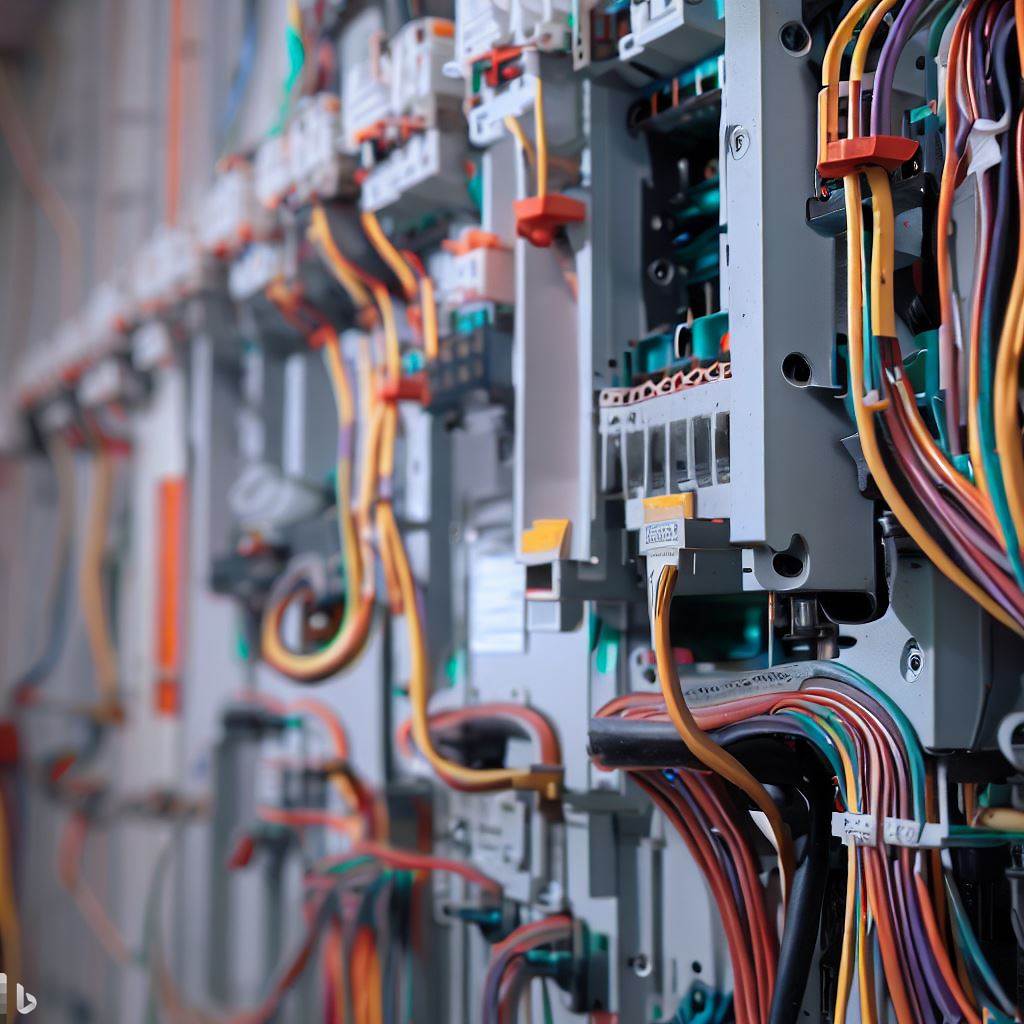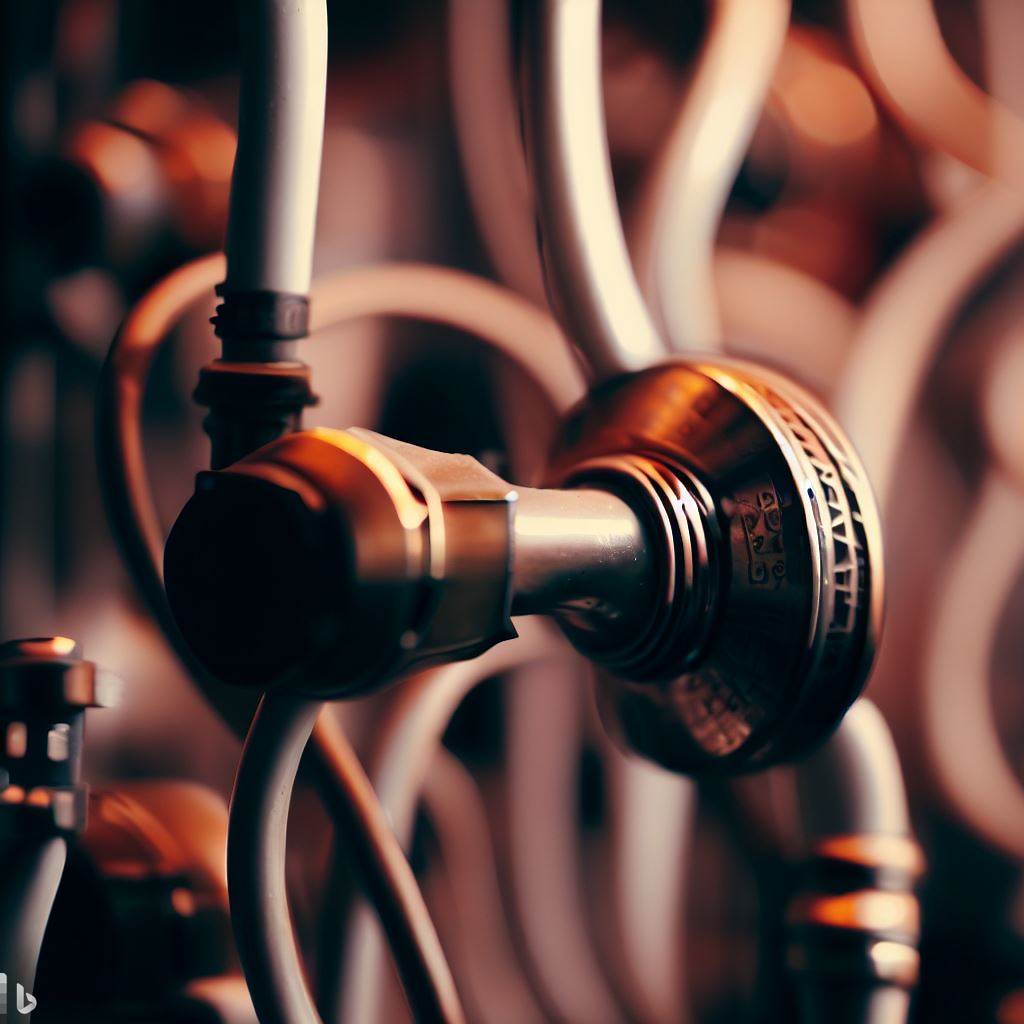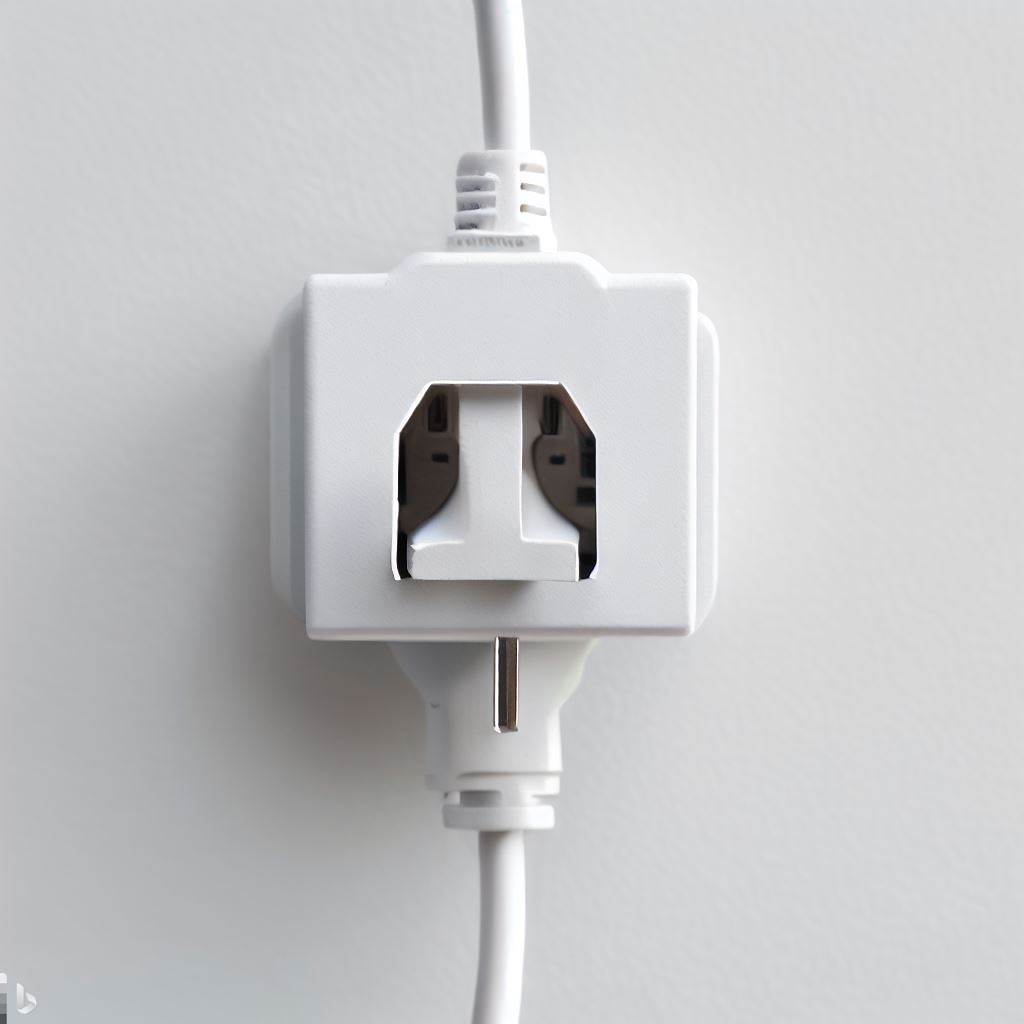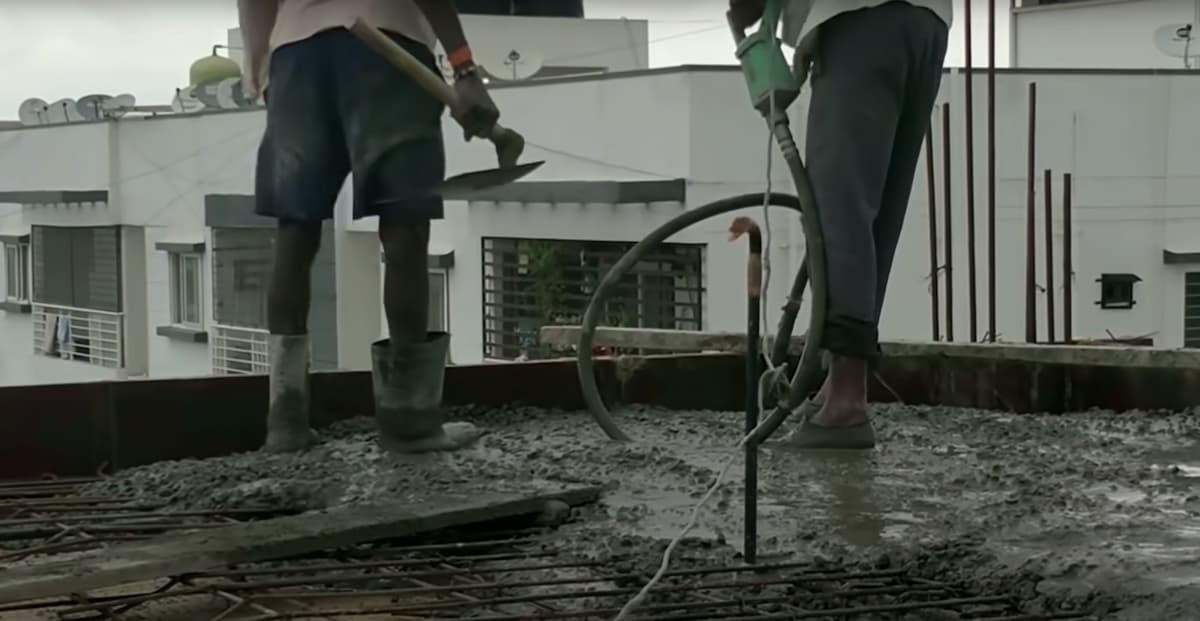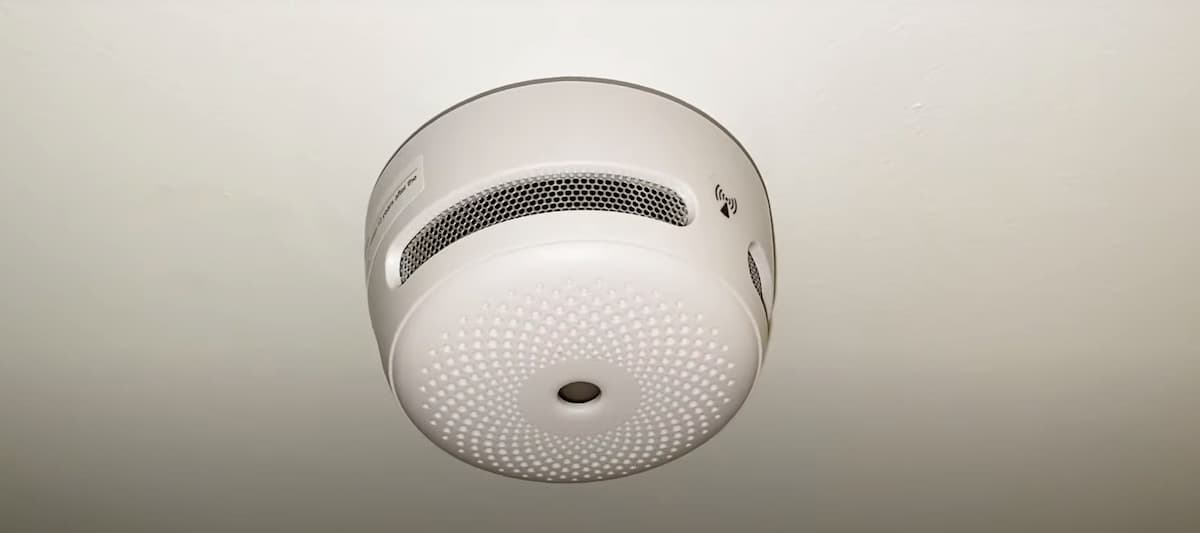
The cost of installing smoke alarms can vary depending on the type of alarm, the size of the home, and the complexity of the installation. However, on average, homeowners can expect to pay up to around $100 for a smoke alarm installation.
In Australia, smoke alarms start at around $10 and go up to $100. Ionisation smoke alarms are between $10 and $50, while photoelectric smoke detectors cost between $18 and $100. Dual sensor fire alarms cost anything from around $40 to $60. Installing professional fire alarm systems can cost upwards of $140 per alarm.
It’s advised that smoke alarms be installed in every bedroom, hallway, and the living area of the home. If there are multiple stories in the home, then alarms could also be installed on each floor. In order to ensure that all areas of the home are covered, it may be necessary to install more than one alarm in some rooms.
It is important to note that smoke alarms could not be installed in kitchens or bathrooms, as these areas are prone to false alarms from cooking or steam. If a home has multiple storeys, then it may be necessary to install alarms on each level if people are likely to sleep in these areas. For more information on the costs of smoke alarm installation for your home, contact a service provider in your area today.
Why do You Need Smoke Detectors?
Smoke detectors are electrical devices that help protect your family in the event of a fire. They can either be a battery-operated or hard-wired smoke alarm to your home’s power supply. The device is equipped with a sensor that detects smoke in its immediate vicinity and emits an alarm when smoke levels reach dangerous levels.
If you don’t install smoke alarms throughout your house then you may not realise there is a fire until it is too late. Many fatalities during fires occur when people fall asleep without realising there is a threat. With multiple studies showing that the majority of people sleep through smoke alarm sounds, this presents an even larger problem for homeowners who don’t have sufficient protection in their own homes.
Why Ionisation Smoke Alarms?
Ionisation smoke alarms are less likely to go off during a false alarm, such as from cooking or showering. Ionization smoke detectors are generally more sensitive than photoelectric smoke alarms and can be quicker to detect fires that start with flaming combustion.
Why Photoelectric Smoke Alarms?
Photoelectric smoke detectors are more likely to go off during a false alarm, such as from cooking or showering. They are generally less sensitive than ionisation smoke alarms and can take longer to detect fires that start with smouldering combustion.
Dual Sensor Fire Alarms?
Dual sensor fire alarms contain both an ionisation smoke detector and a photoelectric smoke detector in one unit. This is beneficial for two reasons, it helps minimise the number of false alarms and it increases the chances that the alarm may go off in the event of a fire.
What is a Carbon Monoxide Alarm?
A carbon monoxide alarm is a device that detects the presence of carbon monoxide gas in the air. This gas is produced by combustion appliances such as boilers, cookers and fires, and can cause serious health problems if it builds up in an enclosed space. Carbon monoxide alarms could be installed in any room where there is an appliance that produces heat. They are usually powered by batteries, but mains-powered alarms are also available.
Proper Smoke Alarm Installation?
To ensure that your home is adequately protected, you could install smoke alarms on every level and make sure they are fitted high enough so as not to be hidden by furniture. This may ensure that people are woken up in time if there is an emergency. The main rule when installing smoke alarms is that you don’t want them to go off without good reason. For this reason, it’s recommended that detectors are installed at least 15-20 centimetres away from windows, fans or vents.
It’s also important not to install the alarm too far above head height, otherwise, children may not be able to reach them in time if they were needed during an emergency. It’s important to note that smoke alarms could not be installed in kitchens or bathrooms, as these areas are prone to false alarms from cooking or steam. If a home has multiple storeys, then it may be necessary to install alarms on each level if the people living there are likely to sleep in these rooms.
Smoke Alarm Installation Costs Australia
Installers charge by the hour or on a fixed fee, depending on their experience. You may be looking to pay around $50 per hour for labour costs and additionally around $150 per one smoke alarm installation.
You may be able to determine how many smoke alarms you need after your installation is complete. They may suggest a heat-sensing alarm for the kitchen and a carbon monoxide alarm if you have gas heating, but these are optional. If they’re supplying the smoke alarms, make sure they’re reliable. The most common type of alarm is a battery-powered ionisation alarm.
Smoke detectors could be installed in every room of your house, especially if there are people living in these rooms that sleep during the daytime. A smoke detector could also be installed on each level of your house. You can either install them yourself or hire a professional to do it for you. Smoke alarms usually cost around $50 each to install, but this price may vary depending on your location.
What are battery-operated smoke detectors?
Battery-operated smoke detectors are the most common type of smoke detector. They are powered by a battery, which may need to be replaced periodically. Some smoke alarms have a 9-volt battery, while others use AA or AAA batteries

What are Mains-Powered Smoke Alarms?
Mains-powered smoke alarms are connected to your home’s electrical wiring and may sound an alarm when they detect smoke. They are usually more expensive than battery-powered alarms, but they do not need to be replaced as often. Mains-powered alarms could be installed by a professional to ensure that they are properly connected to the electrical system.
What are Hard-Wired Smoke Detectors?
Hard-wired smoke detectors are connected to your home’s electrical wiring and may sound an alarm when they detect smoke. Unlike mains-powered alarms, a hard-wired smoke alarm does not need to be plugged in. Instead, they use the electrical wiring in your home to power them. This means that they may continue to work even if the power goes out. Hard-wired detectors could be installed by a professional to ensure that they are properly connected to the electrical system.
Do You Need an Electrician to Install Smoke Detector?
It is recommended that hard-wired smoke detectors are installed by a professional electrician, as this may ensure they are properly connected to the power supply. An outdated smoke alarm replacement might be a circuit breaker, fuse box or ground fault circuit interrupter (GFCI). If your home doesn’t have one of these, it may be necessary to have one installed.
Mains-powered alarms could also be installed by a professional electrician, as it is dangerous to do so yourself. Battery-operated smoke alarms can easily be installed without the help of an electrician.
How to Choose the Right Smoke Detector?
This depends on your personal preference and what types of alarms are available in your area. The most common type of smoke detector is battery powered ionisation detector. These smoke alarms have two photoelectric sensors mounted on the front of the unit which turns on when smoke enters the chamber.
These either have LED lights or small LCD displays which tell you whether there’s a problem or not. Some of these alarms use flashing red lights to indicate that the battery is low, while others emit an intermittent beeping sound.
A smoke alarm is a loud siren-like noise that may sound and the LED may flash. The alarm could be loud enough so it can be heard from several rooms away and may need to be silenced by pressing a button or entering a passcode. A smoke detector is a type of smoke detector that uses only photoelectric sensors which turn on when smoke enters the chamber. These either have LED lights or small LCD displays which tell you whether there is a problem or not.
Smoke Alarm Types
Smoke detectors come in various shapes and styles, they are usually either circular or square-shaped with different tones depending on their purpose. All of these smoke detectors are designed to be placed on the ceiling or on the wall above eye level. The main difference between each type is whether they are powered by batteries, mains power or hard-wired into the building wiring system.
There are several types of smoke detectors on the market that use different methods to detect fires. The most common type of smoke detector is a battery-powered ionisation detector. These detectors use radioactive material to determine when there is smoke present. When enough particles accumulate in the air, it may trigger an alarm. Ionization alarms are usually more sensitive than photoelectric alarms and may usually activate faster. Ionization alarms have a small chamber with a short air tube attached to it, which leads to sensors that detect smoke particles. The chamber is basically just a space between the sensor and the outside of the alarm where ionized air molecules or atoms might collect.
How does a Smoke Detector Work?
A smoke detector detects particles in the air that result from fires, smouldering fires which have yet to catch flame, and overheated electrical equipment. There are two types of smoke detectors:
- Ionization
- Photoelectric
Ionization alarms use a small amount of radiation generated by radioactive material to determine when there is smoke present. When enough particles accumulate in air to exceed a certain level, they trigger an alarm. Ionization alarms are usually more sensitive than photoelectric alarms and may usually activate faster. Ionization alarms have a small chamber with a short air tube attached to it, which leads to sensors that detect smoke particles. The chamber is basically just a space between the sensor and the outside of the alarm where ionized air molecules or atoms might collect
Photoelectric detectors work by using light waves to determine when smoke causes changes in the amount of light that reach the sensors. Photoelectric detectors often take longer than ionization alarms to activate because they require more time for smoke particles to build up and reflect light before activating an alarm. This type of detector does not use radioactive material but instead uses two small beams of light shone across an open space onto two sensors on either side of the beam Photoelectric smoke detectors are usually more expensive than ionization alarms, but they are less likely to go off due to false alarms. They are also better at detecting slow-burning fires.
Features to Look for in Smoke Detectors
When looking for a smoke detector, it is important to decide which type you want before purchasing. There are three types of smoke detectors, battery-powered ionization smoke detectors, battery-powered photoelectric smoke detectors and hardwired photoelectric smoke detectors. You may also want to consider how they alert you of danger, whether it is through sound or an alarm signal.
How Long do Smoke Alarms Last?
Generally speaking, hard-wired smoke alarms can work for about ten years before they need replacing while battery-operated ones typically last for about six months to two years. It all depends on the power source they are using and there is no exact time length when anyone would know exactly when they could replace their alarm. This is why it is important to check your smoke detector at least once a month simply by pressing its test button, this may ensure that it works properly when needed most in case of an emergency.
Smoke detectors are one of the most important pieces of safety equipment in any home, workplace or public facility. They are very reasonably priced but they can save your life so it is well worth investing in them. Every household could have two sets of working smoke alarms that are interconnected to ensure that if one alarm goes off, they all do. This may give you the best possible chance of being alerted quickly to a fire and staying safe until help arrives.


